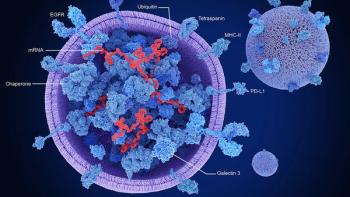
Waters Introduces Ion Mobility-Enhanced Research Mass Spectrometer
Waters Corporation introduced the Waters SYNAPT G2-Si Mass Spectrometer, which integrates a third dimension of resolution and separation power.
Waters Corporation introduced the Waters SYNAPT G2-Si Mass Spectrometer, which integrates a third dimension of resolution and separation power into a new suite of untargeted and targeted LC/MS/MS workflows. The system combines the power of Travelling Wave (T-Wave) Ion Mobility Separations with new data acquisition and informatics technologies, and collision cross section (CCS) measurements.
The mass spectrometer is the first MS system to elevate CCS alongside retention time and mass to charge ratio (m/z) as a robust, reliable identification parameter in library-based screening,
The system offers maximized time-of-flight (Tof) duty cycle and effective sensitivity, of up to 10x in MS/MS mode, for targeted discovery and quantitation. Improved LC/MS/MS efficiency includes a 40% improvement in the numbers of proteins identified from an E. coli sample and the identification of more than 2,000 proteins from a HeLa sample. A 2.5KHz solid-state laser combines with new software for improved spatial resolution (down to 15 microns) for cleaner mass spectral data and greater image throughput when performing experiments with MALDI imaging and T-wave ion mobility.
Newsletter
Stay at the forefront of biopharmaceutical innovation—subscribe to BioPharm International for expert insights on drug development, manufacturing, compliance, and more.





